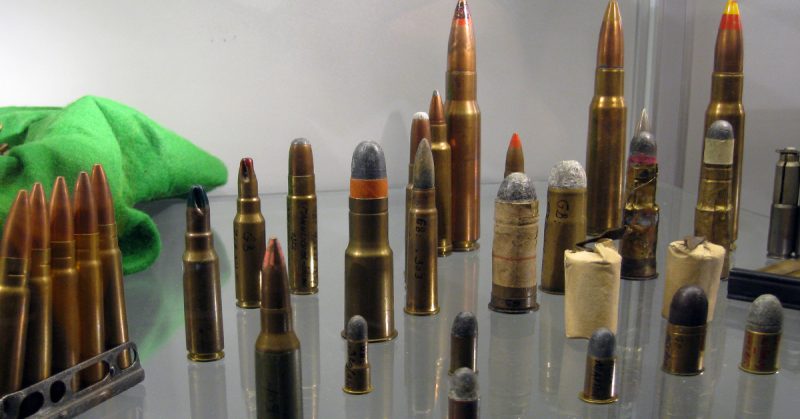Bullets, as small as they are, have been the root cause of some of the biggest changes in history.
Guns have been the game changers in the history of warfare, rapidly taking over from swords, spears, bows, and arrows on the battlefields. With just a pull of the trigger, one can be almost certain that damage, sometimes lethal, would be done.
But how can something so small have such monumental potential?
To begin answering this, it is important to know that using the term “bullet” to refer to a round of ammunition is, in fact, wrong. What many refer to as a bullet is actually a cartridge. A bullet is only a small component of a cartridge, not the whole cartridge itself.
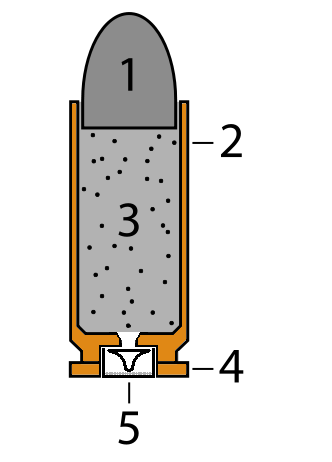
This leads us to this next question: if a bullet is only a component of a cartridge, what else makes up a cartridge?
A modern cartridge, being a single round of ammunition, comprises four components namely: case, primer, propellant, and projectile, which is the bullet itself.
The Case
This is a type of container which holds all other components of the cartridge. At the base of the case, you’d find the primer; in the middle, you’d find the propellant; and at the top, you’d find the bullet. The case is the part you see being ejected from the gun in automatic and semi-automatic weapons each time you pull the trigger (in revolver and single shot weapons, the case remains within the chamber).
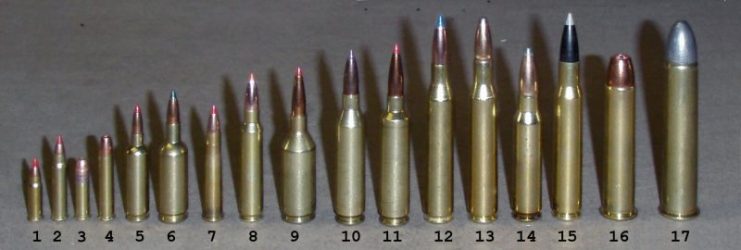
Cases are usually made of brass, but other materials such as steel, aluminum, and even plastics have been used.
https://youtu.be/dwZD_7eG74g
The Primer
Also known as the “percussion cap,” the primer is located at the base of the case. This is basically where the firing chain is initiated. Separating the primer and the propellant is a small gap called the “flash hole” through which ignition sparks travel to set off the propellant once the trigger gets pulled.
The primer receives the impact of the gun’s firing pin.
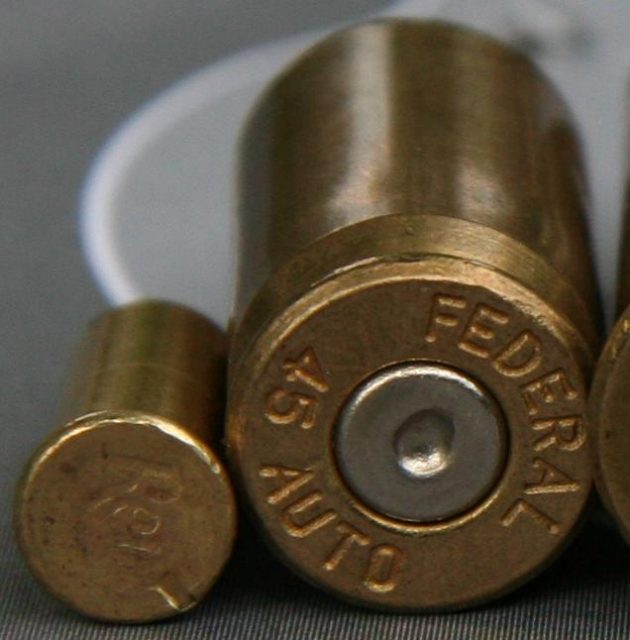
The Propellant
The propellant is simply a technical term which refers to what is commonly known as gunpowder.
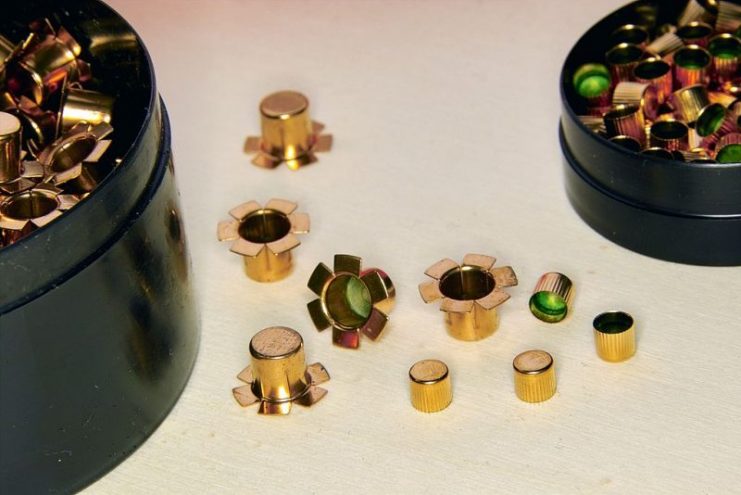
The gunpowder is, characteristically, a rapidly burning substance that creates rapidly expanding gases which develop pressure within the walls of the cartridge. These very high-pressure gases seek an outlet through the path with the least resistance, which would be at the other end of the cartridge where the bullet resides.
The loud bang you hear when a gun is fired is due to the break out of the pressured gases through the barrel.
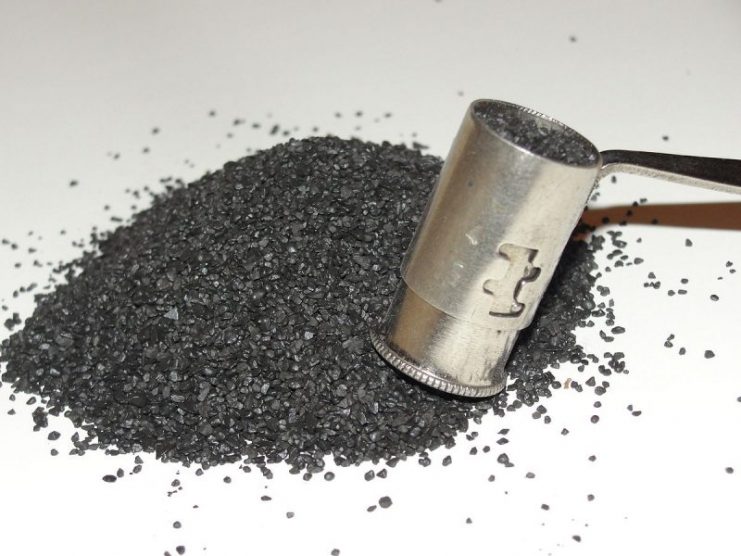
It is important to understand that the pressure being referred to is, indeed, very high. A low-powered cartridge generates as much as 15,000 to 20,000 pounds of pressure per square inch.
The Bullet
This is the part that does all the damage. The bullet is referred to as the “projectile” by some people. It sits in the other end of the cartridge, and all the actions of every other component are geared towards pushing this particular item out of the cartridge and out of the gun with enough speed to cause a degree of damage.
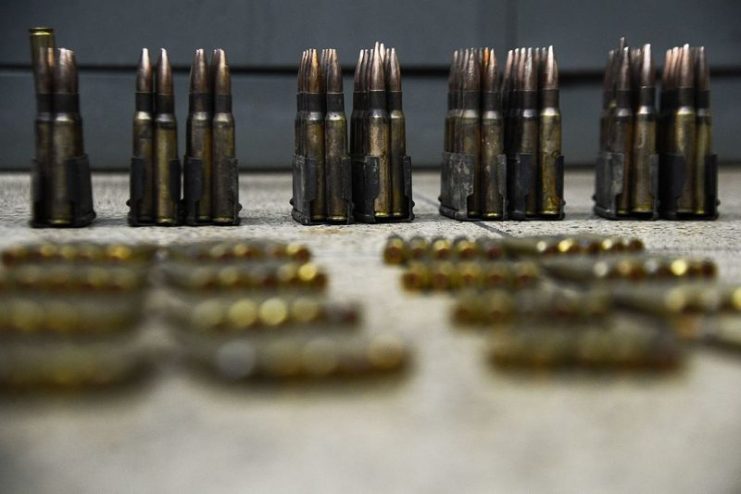
Bullets come in various shapes and sizes, depending on the purpose and needs of the target user. For example, rifle bullets are usually long and thin. This gives them better aerodynamic qualities and allows them to travel through the air with less resistance.
How Does this Work?
You pull the trigger and a loud bang follows. Seems pretty fast and straightforward. However, within that split-second of firing, there are several processes going on within the gun, all of which occur extremely rapidly.
When the trigger gets pulled and the primer receives the strike of the firing pin, a small spark emerges igniting the propellant.
This propellant burns rapidly, releasing gases at high pressure. By virtue of these gases, enormous pressure is exerted inside the gun.
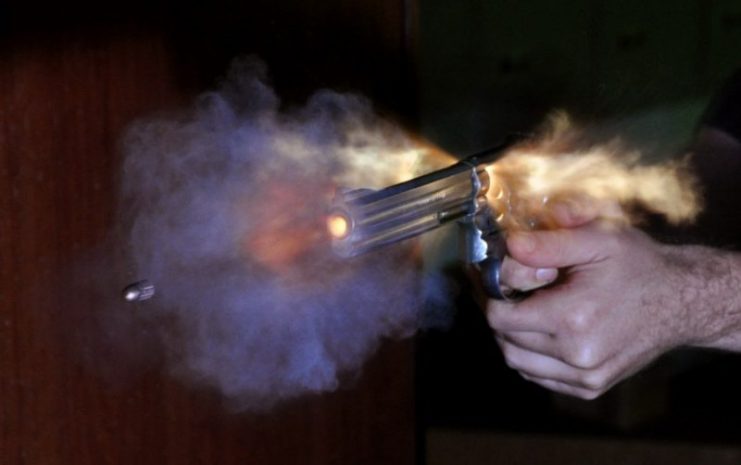
Newton’s third law of motion states that if an object exerts an amount of force on another object, the second object retaliates by exerting an equal force in the direction of the first object’s force. This is why you feel the gun leaping backward when it fires a bullet.
So, when the propellant exerts pressure on the gun, the gun exerts an equal and opposite force on the case containing the propellant and other components including the bullet.
As the gases seek a way out, they are channeled through towards the bullet which offers a path of relatively low resistance for a breakout. The gases push the bullet out of the case and through the gun’s barrel as they escape, all accompanied by that loud bang.
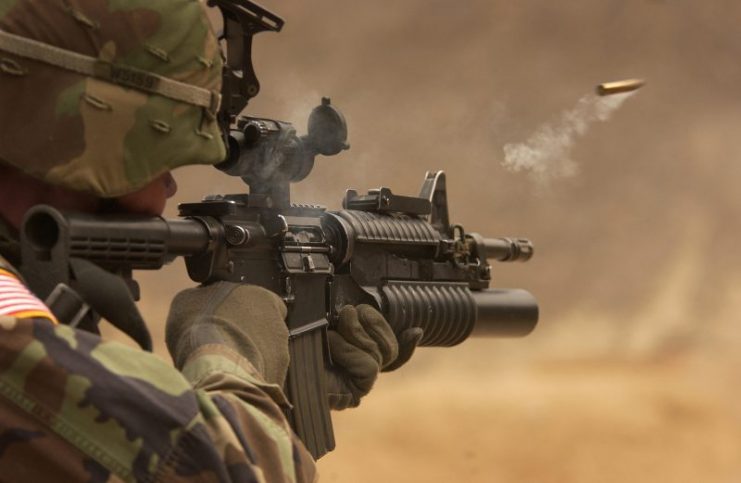
Bullets may be quite small, but everyone knows how deadly they can be owing to their speed and momentum. The fastest bullets have a speed of over 3,000 km/h (1,864 m/ph), almost three times the speed of sound.
Many guns come with spiraling grooves within the barrel called rifling. These grooves make the emerging bullets spin as they travel through the air. Spinning makes the bullet break through resistance much more effectively, continuing in a straight path towards its target.
It is necessary to know that the bullet does not travel in a perfectly straight path. This is due to a few factors warring against its trajectory.
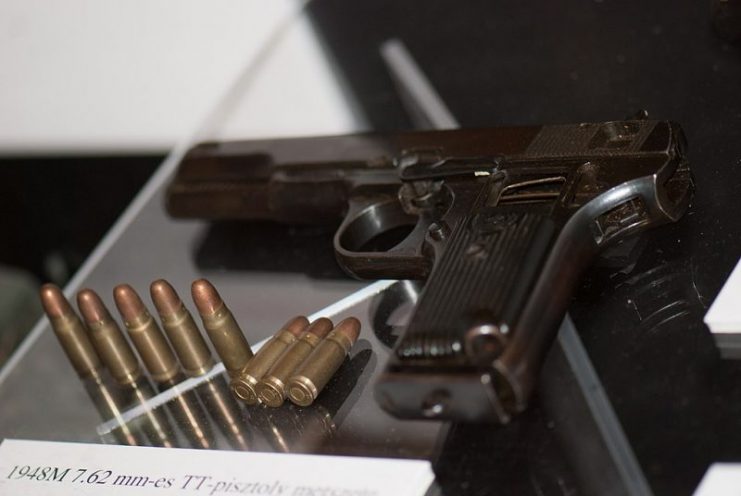
Over long distances, it tends to follow a downward curve. This occurs because gravity pulls the bullet towards the ground. Air resistance slows its speed, and its spinning motion also serves to affect its ability to travel in a straight line as well.
Needless to say, no matter what path it takes, the bullet inside a weapon is no longer safe the moment the trigger is pulled.
